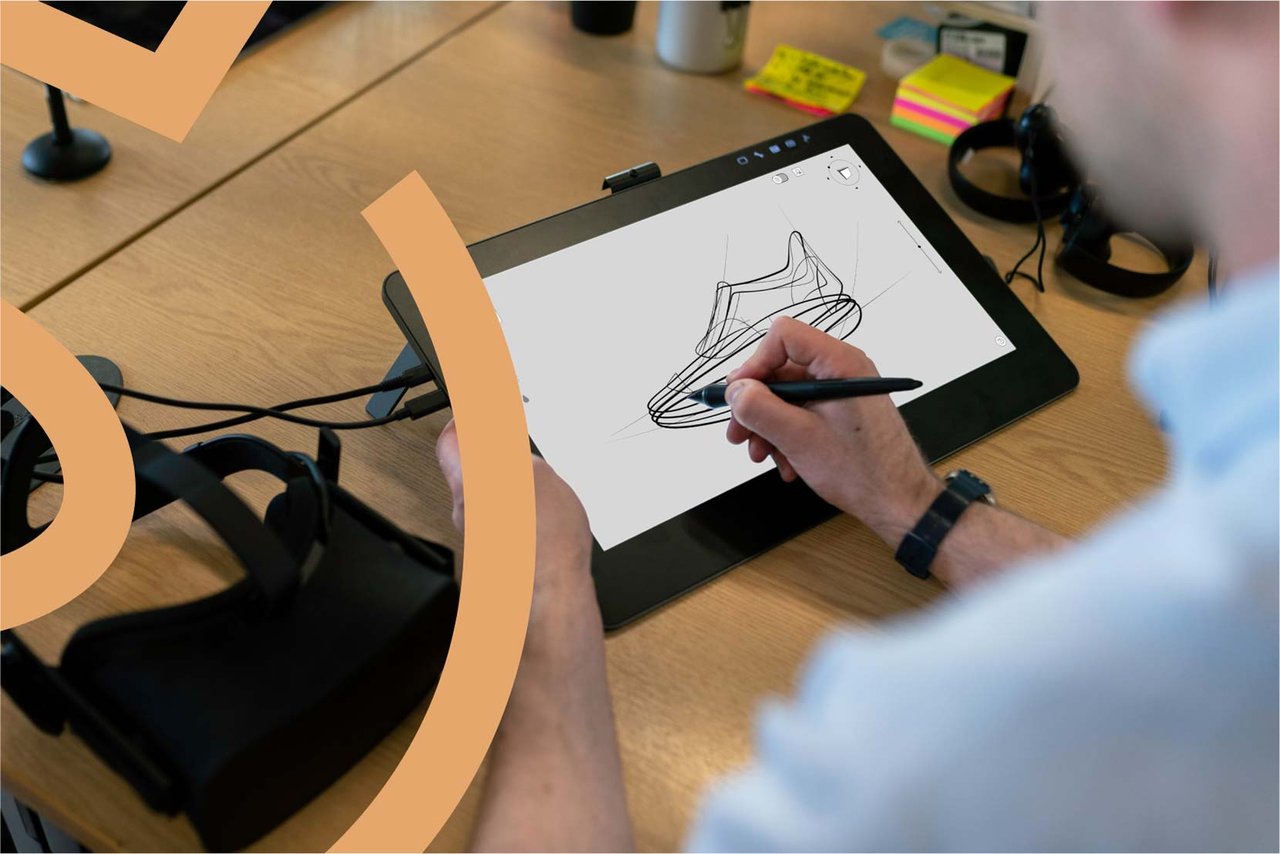Making international payments simple: How SEPA works for freelancers in Spain

on junio 30, 2023 • 6 min of reading

Hey there solos. Ever scratched your head over how to get your hard-earned cash from international clients into your Spanish bank account, without losing a big chunk to commissions and fees? Well, the answer's been right under your nose: SEPA, aka the Single Euro Payments Area.
Whether you want to be a digital nomad or just work as a freelancer in Spain for foreign clients, international payments are pretty common nowadays. So why not make them as easy as possible? In the time it takes to sip down your morning coffee, Xolo will take you through the SEPA system, demystifying the process so you can reap the rewards of seamless transactions with foreign clients.
Here’s what we’ll cover:
- What SEPA is and what it’s for
- Which countries are part of the SEPA zone
- How to use get paid via SEPA as an expat freelancer in Spain
Alright, that’s enough chit-chat. Let’s get down to business!
What is the Single Euro Payments Area (SEPA)?
SEPA is a financial framework that basically says “Hey, all electronic payments across the euro area are domestic, no matter where the individual, business, or freelancer is located." It's the brainchild of the European Payments Council, aiming to make bank transfers as easy as ABC.
If you’re young enough, you might not even be aware that back when the millennium bug was the biggest worry we had and CDs still reigned supreme, international bank transfers were pretty extortionate. Back in those days, each country had its own unique set of rules and standards for processing payments. This made it complicated and costly for all kinds of businesses to make financial transactions across borders, even within the European Union.
Enter SEPA in 2008. It stepped in to address these issues by establishing a set of common payment processing standards and rules that apply across all participating countries. This effectively turned the entire euro area into a "single domestic market" for payments.
Nowadays, we take this level of international cooperation for granted, but SEPA has been a real game-changer by:
- Speeding up our payments and making them more efficient
- Increasing competition to loosen the banks’ stranglehold on transfers
- Promoting integration and international collaboration
- Reducing costs for making and receiving payments for freelancers like you
- Enhancing consumer protection, such as refund rights for direct debits
Who in their right mind would ever want to go back to the way things used to be?
What does SEPA mean for freelancers in Spain?
Expat freelancers in Spain are highly likely to be working internationally. Whether you’ve got a full-time role with a single foreign client, or you get project-based work from a range of different businesses outside of Spain, you want to make each transaction as easy as possible.
With SEPA, All electronic payments in euros are considered domestic, as long as the individual or business you’re dealing with is in the SEPA zone. The transactions give you the same rights and obligations, keeping you both safer. This means you can invoice a client in Estonia as easily as you can to your next-door neighbor, or pay your France-based supplier just like you do for your Spanish providers.
But it’s not just about convenience — it’s also about choice and flexibility. SEPA empowers expat freelancers in Spain to bank smartly. You can choose the bank that offers the best conditions for international transactions, rather than being stuck with the market leader and their exorbitant fees. This is because SEPA has democratized international banking, increasing competition by allowing smaller banks and fintech startups to move into the space.
But just one word of warning: To pay your taxes as a freelancer in Spain, you need to choose a bank from the tax agency’s list of associated banking institutions.
Now let’s take a look at some of the features of how SEPA works for freelancers in Spain.
The SEPA Credit Transfer: Quick and secure transactions
Now, let's sprinkle in some technical jargon — but don’t worry, we’ll keep it light. A critical element of SEPA is the SEPA Credit Transfer (SCT), which allows for the transfer of euros between bank accounts across the SEPA zone. This is fantastic for freelancers because it ensures that your hard-earned money reaches your bank account quickly and securely.
The SEPA Direct Debit: Simplifying subscription services
Then there’s the SEPA Direct Debit (SDD), which is like a digital authorization allowing businesses to withdraw funds from a customer’s bank account, provided the customer has granted permission. Pretty handy for those subscription-based services.
The SEPA Mandate: Getting permission to charge clients
For those of you who like to keep things official, there’s the SEPA Mandate. This is an essential document that contains details about the creditor (that’s you!) and the debtor (your client). The mandate must be signed by the debtor, as it gives you permission to charge their bank account. Think of it as a green light for getting paid.
SEPA fees
Nobody likes pesky charges and hidden fees that eat into your earnings. SEPA standardizes transaction fees for us expat freelancers in Spain. This means that a bank can’t charge you more for a cross-border euro transaction within the SEPA area than it would for a domestic one. This is a boon for freelancers who work with clients from different countries, as it keeps costs predictable and manageable.
Which countries are part of the Single Euro Payments Area?
Freelancers in Spain can use SEPA to deal with clients in a massive 36 countries. These countries within the SEPA zone can be classified into different categories:
- 27 of them are members of the European Union, like Spain, France, Italy, Germany, and Portugal.
- 4 of them are part of the European Free Trade Association: Liechtenstein, Norway, Iceland, and Switzerland.
- 4 are microstates that have special monetary agreements with the European Union: Vatican City State, San Marino, Monaco, and Andorra.
- The United Kingdom, despite having left the European Union, remains a member of the SEPA.
Here's the list of SEPA countries in alphabetical order:
- Andorra
- Austria
- Belgium
- Bulgaria
- Cyprus
- Croatia
- Czechia
- Denmark
- Estonia
- Finland
- France
- Germany
- Greece
- Hungary
- Iceland
- Ireland
- Italy
- Latvia
- Liechtenstein
- Lithuania
- Luxembourg
- Malta
- Monaco
- Netherlands
- Norway
- Poland
- Portugal
- Romania
- San Marino
- Slovakia
- Slovenia
- Spain
- Sweden
- Switzerland
- United Kingdom
- Vatican City State
With SEPA, expat freelancers in Spain can seamlessly work with clients in any of the other 35 countries without the hassle of complex banking procedures or exorbitant fees. Coming up: a how-to guide for how to use SEPA.
How to use SEPA to get paid as a freelancer
The way SEPA works for freelancers in Spain is a more direct and simple way to get paid than other payment methods for self-employed workers. All you need is a signed SEPA Mandate and you’re ready to go!
Although there is no official template for a SEPA Mandate, it is a simple document that authorizes your client to make payments into your bank account and it also allows you to receive those payments. This mandate needs to include details about you (the creditor) and your client (the debtor) and must be signed by the debtor. Below are the key fields you need to include in a SEPA Mandate.
- The title “SEPA Direct Debit Mandate”
- Mandate reference number: This is a unique alphanumeric code of 35 characters. Each mandate needs its own unique reference number, so create a logical pattern — perhaps with dates and your client’s name.
- Type of mandate: Specify if it's a Core or B2B mandate:
- Core is the basic modality used for charges to any type of client (individuals, companies, or freelancers).
- B2B is used only when both the debtor and the creditor are companies or freelancers.
- Debtor details: The debtor (your client) must be the owner of the account being charged. If not, the mandate won’t be valid.
- Debtor's IBAN: Include the International Bank Account Number (IBAN) of the debtor's account.
- Type of payment: Indicate whether it is a single payment or recurring payment.
- Place and date of signing: These details should be clearly stated.
- Debtor's signature: The debtor must sign the mandate, either by hand or electronic signature.
You should also write a preamble. If you’re lost, here’s a handy template:
By signing this direct debit order, the debtor authorizes
- YOUR NAME to send instructions to YOUR CLIENT’S NAME to debit their account, and
- THE CLIENT to carry out the debits in their account following the instructions of YOUR NAME.
As part of their rights, YOUR CLIENT is entitled to reimbursement by their entity under the terms and conditions of the contract signed with it. The request for reimbursement must be made within eight weeks following the date of account debit.
With your SEPA Mandate signed and saved, you can create and send your invoices to your international clients.
Xolo: Taking care of SEPA and so much more for expat freelancers in Spain
So there you have it — a full outline of how SEPA works for freelancers in Spain.
But we know how self-employed life is. You’re constantly on the lookout for new clients, keeping tabs on your cash flow, and actually doing your job.
With so much on your plate, the last thing you want is another admin task. And that’s where Xolo comes in. We combine a powerful online platform with advice from local specialists so you can:
☑️ Get paid quickly and efficiently via SEPA bank transfers
☑️ Automate your compliant, professional invoices
☑️ Leave the stress of your quarterly tax returns to us
So if you want to leave the admin to the experts and concentrate on what you do best, sign up to Xolo today!
About James
James McKenna has been a freelancer since 2017, working in subtitling, translation, and his main passion — writing. He loves nothing more than falling down a rabbit hole, a habit that has helped him specialize in areas as diverse as biotech, climate change, higher education, and business strategy.
Based in Barcelona, James learned the ropes the hard way, making mistakes that turned into valuable learning experiences. After working hard to establish himself, he is now working smart, and is always on the lookout for ways to streamline his business.
